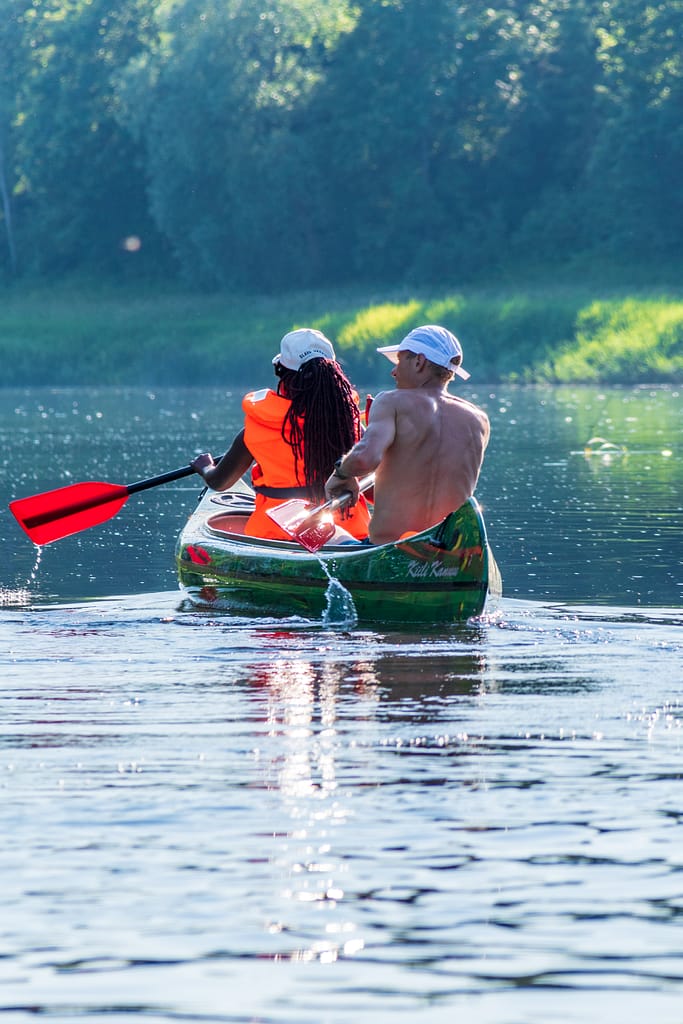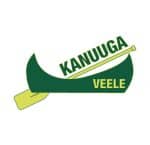Pärnu River is 144 km long and the second longest river in Estonia. In general, it is a calm river where you can also hike with children. Faster water flow can be felt with spring and autumn high water. Other times on small rapids, old mill dams or rocky places left behind. Due to its size and volume of water, the Pärnu river can be nicely crossed by canoe even in summer, when the water level becomes lower (except for the beginning of the river and some exceptional sections of the river, which become more rocky and saturated with water plants when the water level is lower).
Moving along the river, you can see a diverse coastal landscape – both higher and lower banks, groves, fields and meadows, as well as settlements and people working in their backyards. Pärnu River is 144 km long and the second longest river in Estonia. In general, it is a calm river where you can also hike with children. Faster water flow can be felt with spring and autumn high water. Other times on small rapids, old mill dams or rocky places left behind. Due to its size and volume of water, the Pärnu river can be nicely crossed by canoe even in summer, when the water level becomes lower (except for the beginning of the river and some exceptional sections of the river, which become more rocky and saturated with water plants when the water level is lower). Moving along the river, you can see a diverse coastal landscape – both higher and lower banks, groves, fields and meadows, as well as settlements and people working in their backyards.
On the way to the Pärnu river there are fascinating sights: the Devonian sandstone outcrop known as “Tori hell” in the settlement of Tori, the picturesque town of Türi and the C. R. Jakobson Farm Museum in Kurgjal, as well as old mills/mill ruins/factories.
The Pärnu River, with its diverse birdlife and fauna, has a high probability of seeing kingfishers, swifts, mallards, ducks, tufted grebes, waders and other waterfowl. If you are lucky, you can see mink, otter or beaver, but often there are traces of beaver activities (chewed and felled trees, nesting piles, dams). The Pärnu river is one of the first in Estonia in terms of species richness and abundance of fish. The most caught fish are roach, perch, pike. Water hikers have also often caught fish and then cooked them for food at the campsite.
The river starts in Roosna-Alliku in Järva County, but it is reasonable to start the water trip after the town of Paide, before Paide the river is narrower and there are trees that have fallen into the water at the source of the river. From the village of Jõesuu, where the Navesti river flows into the Pärnu river, the Pärnu river becomes very wide, which perhaps not all hikers like very much.
There are quite a few tourist companies (holiday houses, tourist farms, etc.) nearby or even directly on the banks of the river. There are several car bridges on the river that provide good opportunities to start and finish the canoe trip.

